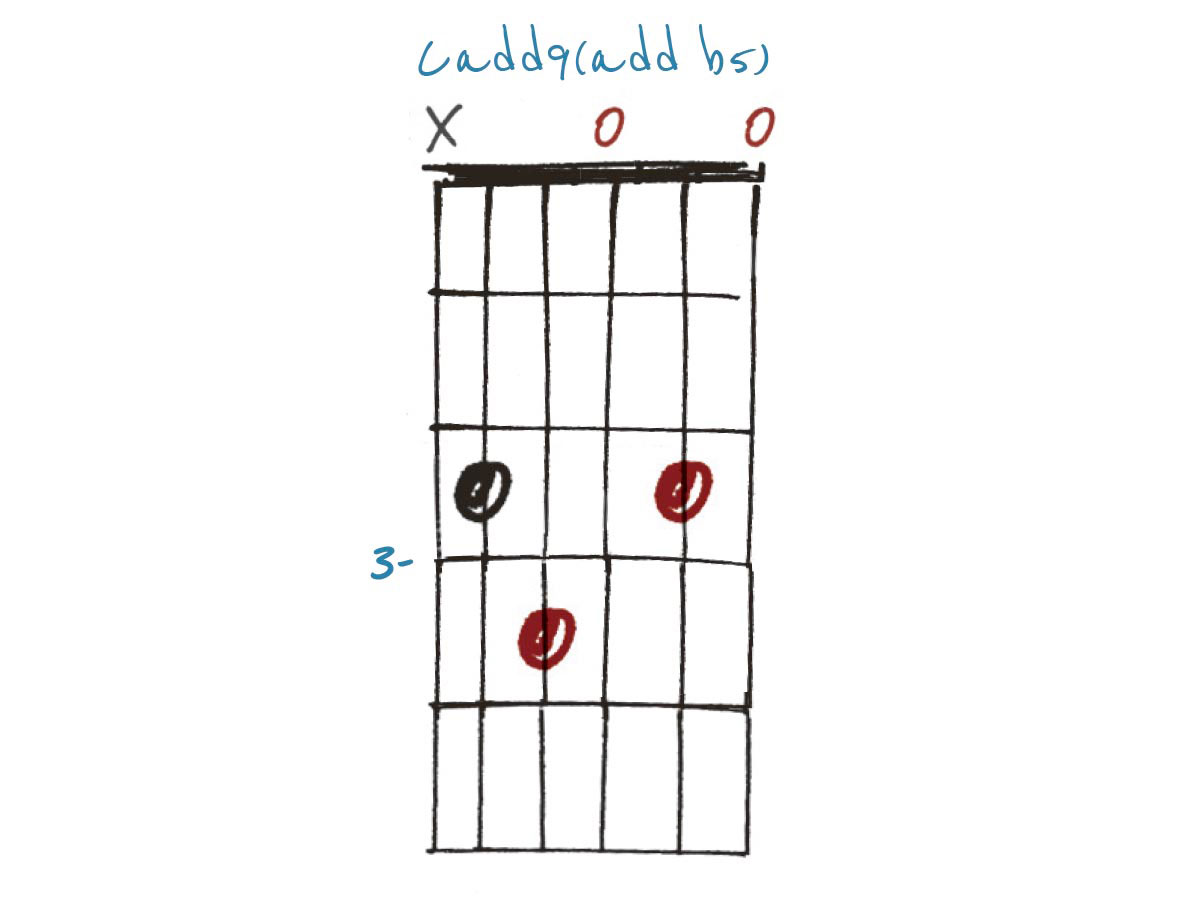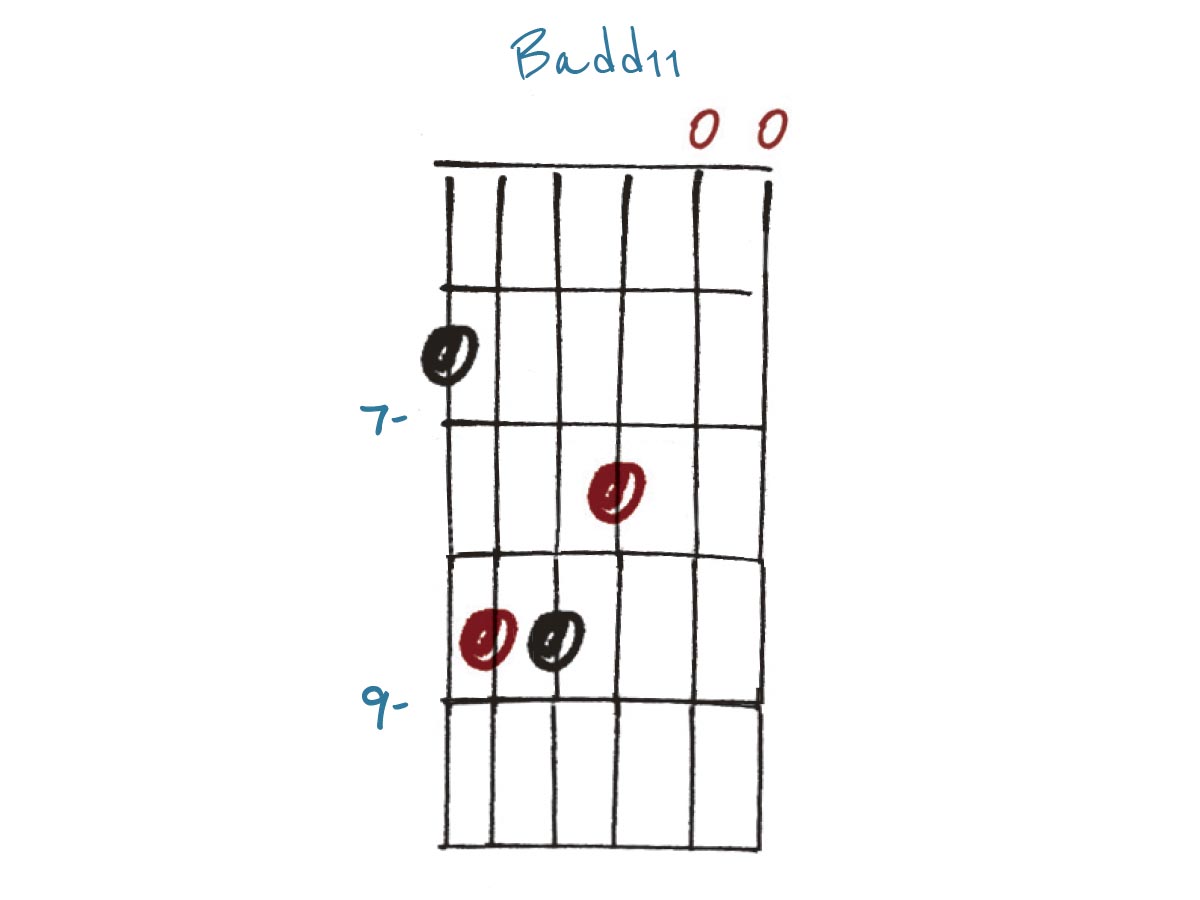How to tell the difference between add chords and altered guitar chords
Here are five chords with names to test the brain and a sound that's kind to the ear. Add them to your chord vocabulary now

When you’re looking at the conventions for chord naming, it’s easy to become confused around sus, add and altered chords. Here we aim to demystify some of this by taking a closer look at what an ‘add’ chord is – and isn’t!
Though the name seems self-explanatory, it isn’t always quite that simple. After all, we don’t call C7 ‘Cadd7’, do we? The reason the ‘add’ suffix came about was to highlight additional notes that you would usually only expect to find in extended chords, which include the 7th (such as 9th-11th-13th), or any non-triad notes from below the 7th (add2-add4). Having said that, I can’t remember the last time I saw D6 being called Dadd6!
In some cases, it can be difficult to decide what number to use – when is a Dadd4 a Dadd11? Generally, the answer can be found by counting through a two-octave major scale from the root (even for minor chords), checking for 7ths and applying that number as your ‘added’ note if appropriate.
Example 1.
In this Cadd9, the 9th (D) can be found at the 3rd fret of the second string. You’ll see elsewhere only ‘chord tones’ from the C major triad: C E G. If we had found a Bb hiding in there, this would be a C9 (C dominant 9) chord; a B natural (major 7th) would give us Cmaj9.
Example 2.
This is almost a Cmaj7… but not quite. The open fourth string adds a D, which in this position below the major 7th (B) makes it a 2nd, giving us Cmaj7add2. But here’s a brain-teaser: had this D been an octave higher, it would be a 9th. Due to the presence of the major 7th, this chord would lose its ‘add’ status and become Cmaj9.
Example 3.
This Cadd9(add b 5) has its second ‘add’ in brackets because it is altered (raised or lowered) from its usual place in the scale. In this case, the b 5 (Gb) appears adjacent to the regular 5th on the open third string, giving some extra dissonance. The add9 (D) appears at the 3rd fret of the second string.
Example 4.
This Badd11 is sometimes called a Badd4 due to the E at the top. This isn’t horribly misleading, but, technically, this E is the 11th note of the scale and there’s no 7th to consider, so Badd11 would be the best bet . The devil is most certainly in the detail!
All the latest guitar news, interviews, lessons, reviews, deals and more, direct to your inbox!
Example 5.
A straight Bm chord, with no 7th and an E at the top gives us a minor version of Example 4 – Bm add 11. The 11th (E) may only be a tone above the minor 3rd (D) on the fretboard but the Root‑3rd-5th names remain the same, whatever the octave.
As well as a longtime contributor to Guitarist and Guitar Techniques, Richard is Tony Hadley’s longstanding guitarist, and has worked with everyone from Roger Daltrey to Ronan Keating.






